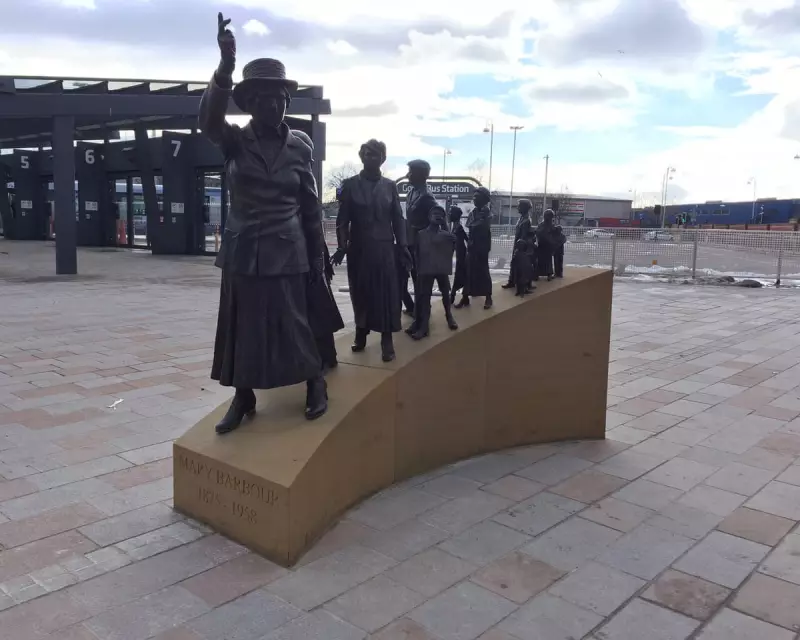
Traditional statues on plinths have long been the default way to commemorate historical figures, but when it comes to celebrating women's achievements, many argue we can—and must—do better. The current approach often feels outdated, failing to capture the dynamic and diverse contributions women have made to society.
Why Statues Fall Short
While statues serve as permanent markers of recognition, they often reduce complex lives to static figures, devoid of context or narrative. For women, whose stories have historically been marginalised, this format can feel particularly inadequate. Critics argue that these monuments frequently prioritise symbolism over substance, leaving little room for engagement or education.
Alternative Ways to Honour Women
Instead of relying solely on statues, advocates suggest more interactive and inclusive methods:
- Interactive Exhibits: Digital installations or augmented reality experiences that bring women's stories to life.
- Community Projects: Funding local initiatives that reflect the values and work of the women being honoured.
- Educational Programmes: Integrating women's achievements into school curricula and public workshops.
- Public Art: Commissioning murals, sculptures, or performances that invite public participation.
The Power of Representation
Representation matters, but how we represent women matters just as much. Moving beyond static monuments can create spaces where women's contributions are not just seen but felt, discussed, and built upon. This shift could inspire future generations to see themselves as active participants in history, rather than distant observers of it.
As the conversation around public commemoration evolves, the focus is shifting from mere visibility to lasting impact. The question isn't just who we celebrate, but how we celebrate them.





